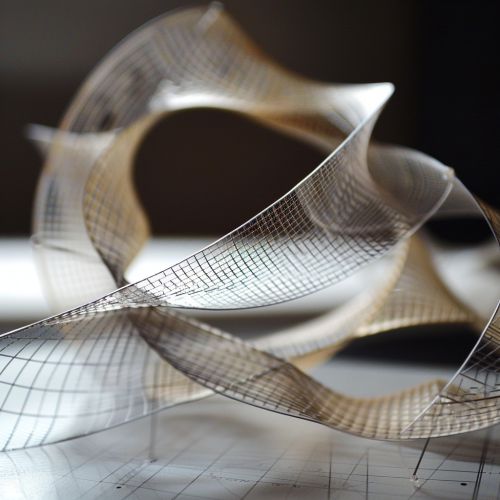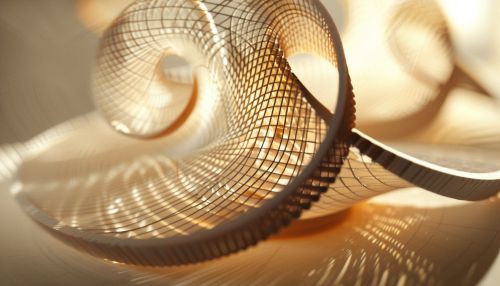Riemannian Curvature
Introduction
Riemannian curvature is a mathematical concept that originates from the field of differential geometry. It is a measure of the amount by which the geometry of a given space deviates from that of Euclidean space. The concept is named after the German mathematician Bernhard Riemann, who made significant contributions to this area of study.


Definition
The Riemannian curvature tensor is the most fundamental and comprehensive way to describe the curvature of a Riemannian manifold. It is a type of tensor that takes three vector fields and returns a linear map which is a vector field. The Riemannian curvature tensor is denoted by R and its definition is given by the following equation:
R(X,Y)Z = ∇_X∇_Y Z - ∇_Y∇_X Z - ∇_[X,Y] Z
where X, Y, and Z are vector fields on the manifold, ∇ denotes the Levi-Civita connection, and [X,Y] is the Lie bracket of X and Y.
Properties
The Riemannian curvature tensor has several important properties. It is skew-symmetric, meaning that swapping the first two arguments negates the result. It also satisfies the first Bianchi identity, which is a fundamental property of curvature tensors in differential geometry.
Geometric Interpretation
The Riemannian curvature tensor provides a measure of the non-Euclidean nature of a Riemannian manifold. In Euclidean space, the curvature tensor vanishes identically. In a curved space, however, the curvature tensor can take non-zero values, indicating the presence of curvature.
Applications
Riemannian curvature has wide-ranging applications in both mathematics and physics. In mathematics, it is used in the study of geometric topology, differential topology, and algebraic geometry. In physics, it plays a crucial role in the theory of general relativity, where it is used to describe the curvature of spacetime.
